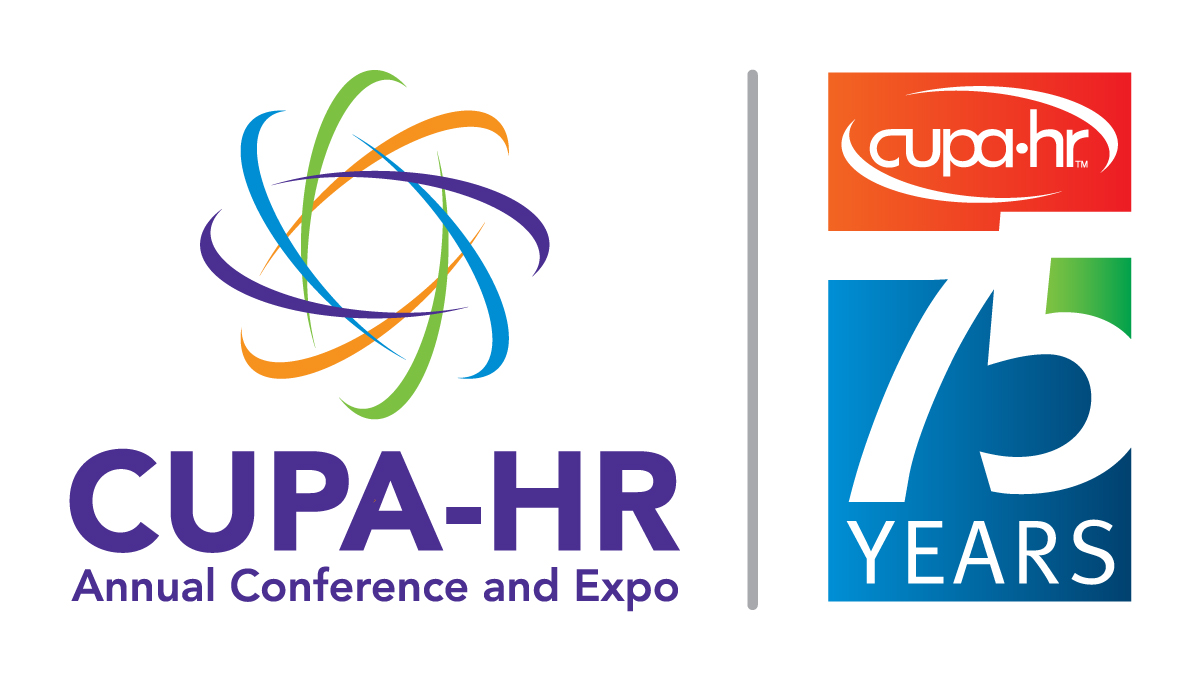by Julie Burrell | January 17, 2024
Last year brought major changes to the higher education landscape. Turnover reached a peak, prompting more attention than ever to retention and recruitment, while looming policy changes in overtime pay and Title IX regulations further complicated long-term planning. And, though it may feel like unprecedented change is the new normal, timeless HR topics like onboarding and compensation strategy also captured readers’ attention in 2023.
We’ve rounded up the CUPA-HR articles, resources and research that defined 2023 and will continue to shape your 2024. These are the most-viewed stories on our website as well as some resources you may have missed.
Top Stories
CUPA-HR members were understandably concerned about the impact of two issues — the retention crisis and the potential shake-up to overtime pay rules — on their campuses.
Key Takeaway: Turnover in higher ed reached a peak last year — the highest level since we started tracking it in 2017 — so it’s no surprise that talent management and recruitment was top of mind. This article marshals a wealth of insights from our members and the CUPA-HR research team to aid HR pros, including a blueprint for employee recognition, as well as strategies for rethinking compensation and flexible work.
Key Takeaway: The data provided here help explain the record-high turnover. The report also digs into the factors that most impact retention, offering a model for understanding higher ed retention. Analyzing data from 4,782 higher ed employees — administrators, professionals and non-exempt staff, with faculty excluded — from 529 institutions, the survey found that more than half (56%) of employees are at least somewhat likely to search for a new job in the coming year. (Looking for an overview of report findings? Check out our press release.)
Key Takeaway: Last year, the Department of Labor announced that they would target April 2024 for the release of a final rule to update the Fair Labor Standards Act’s overtime pay regulations. The rule seeks to substantially increase the minimum salary threshold required for white-collar professionals to maintain exempt status. To stay abreast of any updates, don’t forget to register for our Washington Update webinars and visit our FLSA overtime resources page.
Relationships and Well-Being
The demands on HR pros are at an all-time high. Last year, our members sought ways to care for themselves, their team and their campuses. Two of the most popular resources of 2023 addressed mental health and resolving interpersonal conflict.
Key Takeaway: In this highly rated recorded webinar, Jennifer Parker, professional development and training manager of the Colorado Community College system, gives practical tools for minimizing stress and leads participants in creating a self-care plan.
Key Takeaway: Learn how Tulane University’s Office of Human Resources and Institutional Equity launched a conflict resolution program, all while successfully managing the pivot to virtual offerings during the pandemic. One of the few university programs in the country to provide a restorative approach, Tulane’s program is a roadmap for fostering and maintaining campus relationships.
Retention and Recruitment
Our members offered real-world case studies of talent management and attraction in these feature articles in Higher Ed HR Magazine. They provide success stories and practical tips you can tailor to fit your needs.
Key Takeaway: Workplace culture encompasses so much that it’s tricky to pin down. Jacob Lathrop, consultant to the vice president/CHRO at Michigan State University, defines workplace culture as the feeling employees are left with when they leave work. It’s how they describe their days to family or friends. Old ways of doing things may be harmful to employees’ well-being, while modernizing workplace culture might mean retaining and attracting talent. Lathrop’s tips include embracing flexibility and autonomy, evolving your paid-leave policies, and updating career exploration programs, among others.
- A Tale of Two Onboarding Programs: North Carolina State University and
- A Tale of Two Onboarding Programs: The University Of St. Francis
Key Takeaway: A perennially popular topic, onboarding can look very different depending on the institution. In the first article, North Carolina State University’s onboarding manager Amy Grubbs tells the story of their efforts to create consistent new-hire experiences, get supervisors involved in the onboarding process, and bring a full-service Onboarding Center to life through strategic campus partnerships. (Check out Amy’s webinar too, which provides even more information on the Onboarding Center and strategic partnerships.) With more limited resources, Carol Sheetz, formerly of the small, private University of St. Francis, shares her solo effort to build USF’s onboarding program from scratch. This article contains her top tips and resources for other HR pros in the same situation.
Key Takeaway: A decade ago, the Maricopa County Community College District committed to a $30,000 livable wage for its full-time employees, but employees found it challenging to keep up with inflationary pressures and the COVID-related economic downturn. Maricopa responded by raising the livable wage by 15.5 percent, from $14.42 to $16.65. This article explains how HR managed to implement this raise, while preventing additional pay compression and reduced employee morale. (The second phase of MCCCD’s plan, focusing on progressive pay practices, internal pay equity and market alignment, is explored here.)
Key Takeaway: “Most of us continue churning out the same recognition programs — many decades old — often without questioning their value, validating their impact or reviewing for bias,” says author Sharri Margraves, the executive director of organization and professional development for Michigan State University’s human resources. She surveyed 65 higher education institutions to find out how they formally and informally recognize employees. This article not only presents these findings, but also suggests ways to redesign your own recognition program, including a self-audit tool to assess your strengths and weaknesses.


